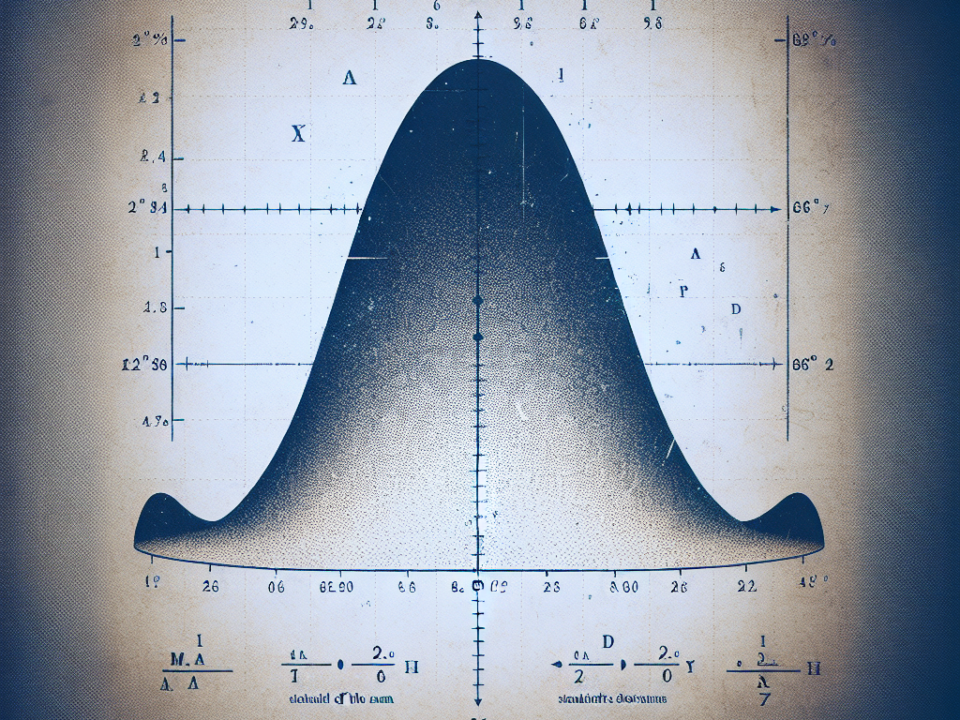[ad_1]
Statistical analysis plays a crucial role in medical research, as it helps medical doctors make informed decisions based on data. However, there are common mistakes that can lead to inaccurate results and misinterpretation of data. In this blog post, we will discuss some common pitfalls in statistical analysis and how to avoid them. If you need help with statistical analysis for your medical research, consider reaching out to StatisMed, a company specializing in providing statistical analysis services for medical professionals.
Lack of Clear Objective
One of the most common mistakes in statistical analysis is not defining a clear objective before starting the analysis. Without a clear goal in mind, it is easy to get lost in the data and end up with results that are not meaningful or relevant to the research question at hand. Before conducting any analysis, make sure to clearly define the research question and objectives to guide your analysis.
Incorrect Data Entry
Another common mistake in statistical analysis is incorrect data entry. Even a small error in data entry can lead to significant changes in the results of the analysis. To avoid this mistake, double-check your data entry process and consider using software tools that can help identify and correct data entry errors.
Using the Wrong Statistical Test
Choosing the wrong statistical test is a common mistake that can lead to inaccurate results. Different types of data require different statistical tests for analysis. Make sure to familiarize yourself with the different types of statistical tests and choose the one that is most appropriate for your data. If you are unsure, consult with a statistician or consider reaching out to StatisMed for expert advice.
Overlooking Assumptions
Every statistical test comes with a set of assumptions that must be met for the test to be valid. One common mistake is overlooking these assumptions and applying a statistical test without considering whether the data meets the required assumptions. Make sure to check the assumptions of the test you are using and consider conducting sensitivity analyses to assess the robustness of your results.
Not Checking for Outliers
Outliers are data points that lie far outside the typical range of values in a dataset. Ignoring outliers can skew the results of your analysis and lead to inaccurate conclusions. Before conducting any analysis, make sure to check for outliers and consider how to handle them in your analysis. Removing outliers or using robust statistical methods can help mitigate the impact of outliers on your results.
Conclusion
In conclusion, we provided insights into common pitfalls in statistical analysis and how to avoid them for ensuring the accuracy and reliability of your research findings. By defining clear objectives, double-checking data entry, choosing the right statistical test, checking assumptions, and addressing outliers, you can improve the quality of your statistical analysis. If you need assistance with statistical analysis for your medical research, consider reaching out to StatisMed for expert guidance and support.
For more information about our statistical analysis services, visit our services page. If you would like to learn more about StatisMed and our team of experts, visit our about us page. Feel free to contact us with any questions or to request a quote for our services.
[ad_2]







